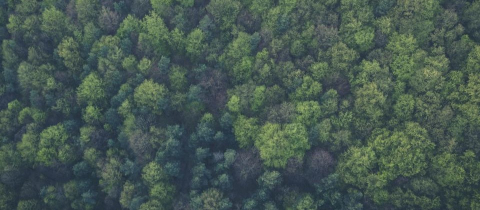Plastics are the fabric of modern life. They’re in our cars, our planes, our kitchens, our electronics, our furniture, our bottles, our packaging, our floors and our medical equipment. We are using more and more plastics and unfortunately also discarding more and more. And that’s a problem. Plastic debris is commonly sighted on the landscape and is accumulating in marine habitats. A recent study revealed that plastics make up 50-80% of shoreline debris and accumulate in certain areas of the oceans. There is already a huge plastic wastedump in the middle of the Pacific Ocean! Besides being an eyesore, plastic debris poses a danger for wildlife. Marine mammals can become entangled in plastic bags or six-pack holders, and even worse, ingestion can cause death by blocking the digestive tract or by causing the animal to starve due to false satiation. Then there is the problem of potentially toxic compounds such as phthalates or bisphenol A leaching out of plastics. Because some of these chemicals are fat-soluble, they accumulate in adipose tissue of fish. Since humans are at the top of the food chain, we may possibly be exposed to physiologically meaningful amounts, although so far there is no evidence of any harm to people.
Some people believe that switching to bioplastics may be the key to reducing plastic pollutants in the environment. The term ‘bioplastic’ refers to materials made from natural sources such as corn. The common assumption is that these are biodegradable, but that isn’t necessarily the case. It is true that under suitable conditions bioplastics can be degraded by microbes, but this doesn’t happen in landfills where many plastics end up, and even elsewhere the biodegradation is very slow. Then there is the issue of “microplastics,” tiny particles found in many consumer products. They are usually used as abrasives and exfoliants in facial scrubs, shampoos, toothpaste, eyeliner, lipgloss, deodorants and soaps. Due to their miniscule size, these particles typically escape removal at sewage treatment facilities after being washed down the drain and can end up being consumed by animals. As a result, companies are being pressured to end the use of microplastics and switch to other natural alternatives like apricot shells and cocoa beans. Plastics are an integral and irreplaceable part of our lives but we need to take better care with how they are used. One way is to place more emphasis on recycling. So, don’t neglect your blue box. Feed it regularly.







